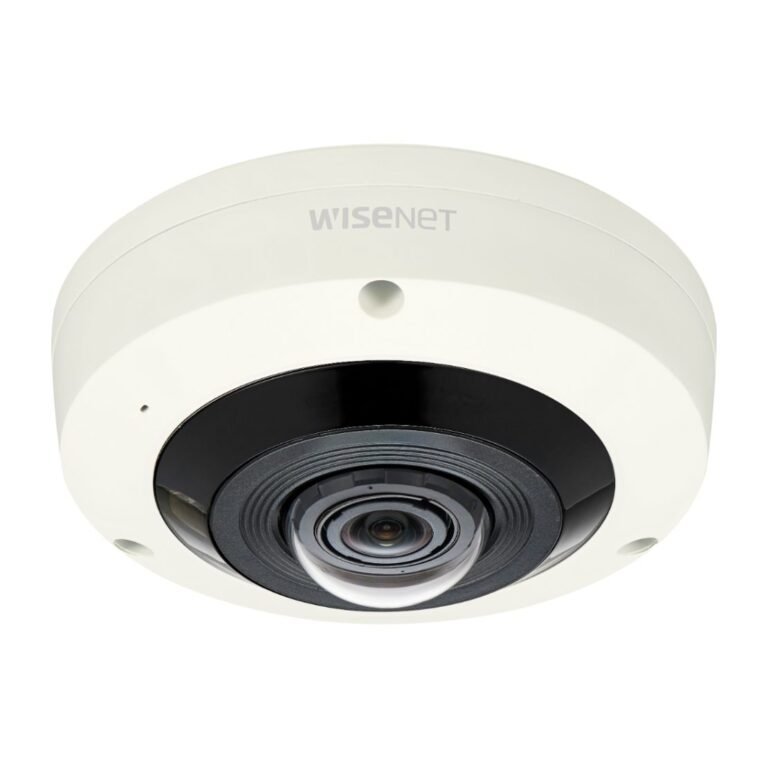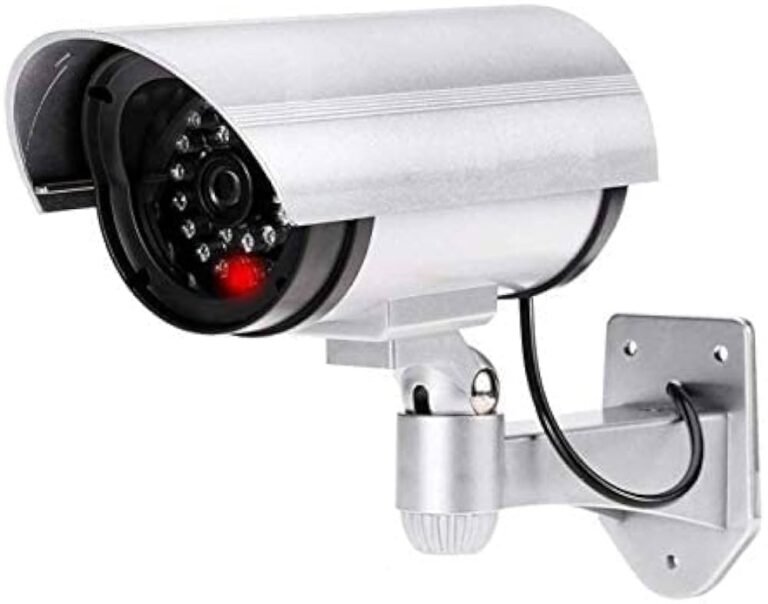Discover the Benefits of Fish Eye Security Cameras

Looking for the best fish eye security cameras for full coverage? Check out these top picks. First, there’s one with ultra-high-definition resolution and advanced lens technology, offering stunning clarity and easy installation. Second, consider a camera known for unmatched reliability…

